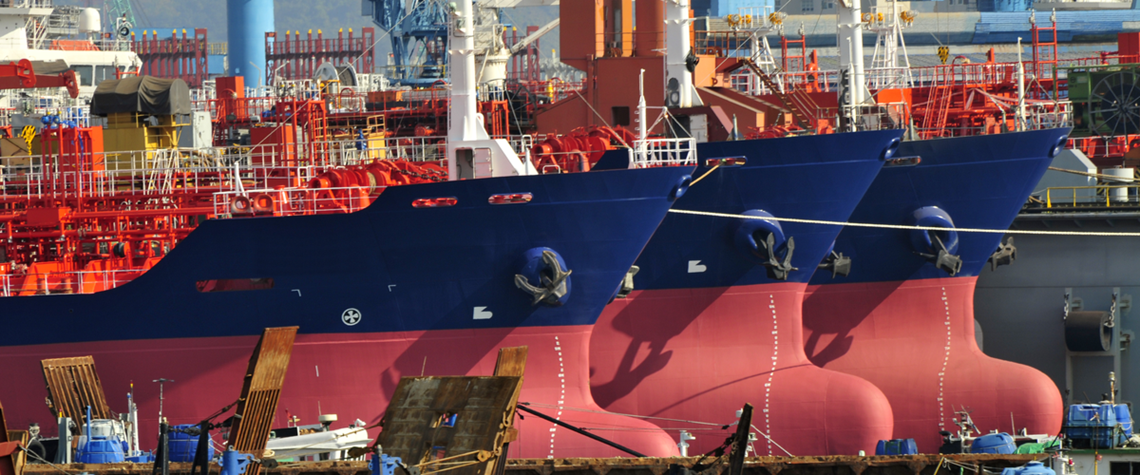LNG shipbuilding capacity to tighten
Shipyards are nearing their limits due to strong demand for carriers
Global shipbuilding capacity for large LNG carriers could face a crunch in the coming years following a deluge of orders in recent months from buyers keen to lock in slots at shipyards. Companies placed a total of 38 orders for newbuild LNG tankers with a capacity of at least 140,000m³ in the first eight months of this year, according to Clarksons, the world’s largest shipbroker. This compares with last year’s 55 orders, which was nearly level with 2019 and 2018. LNG carrier deliveries have been robust throughout this year, with on average approaching five new vessels delivered every month in the first seven months of 2021. 38—LNG carrier orders in 2021 Twenty-four conventional LNG

Also in this section
24 December 2025
As activity in the US Gulf has stagnated at a lower level, the government is taking steps to encourage fresh exploration and bolster field development work
23 December 2025
The new government has brought stability and security to the country, with the door now open to international investment
23 December 2025
A third wave of LNG supply is coming, and with it a likely oversupply of the fuel by 2028
22 December 2025
Weakening climate resolve in the developed world and rapidly growing demand in developing countries means peak oil is still a long way away







